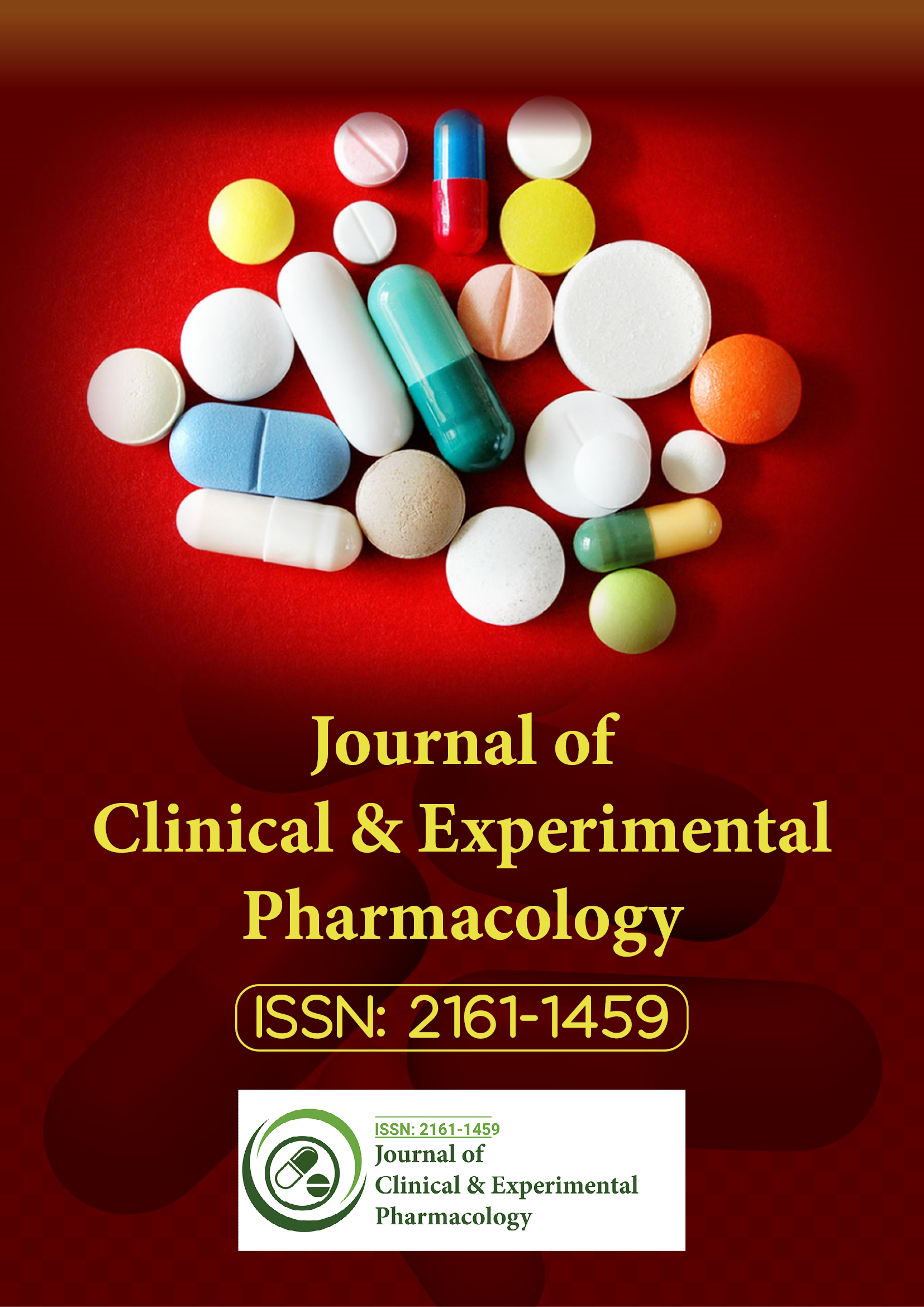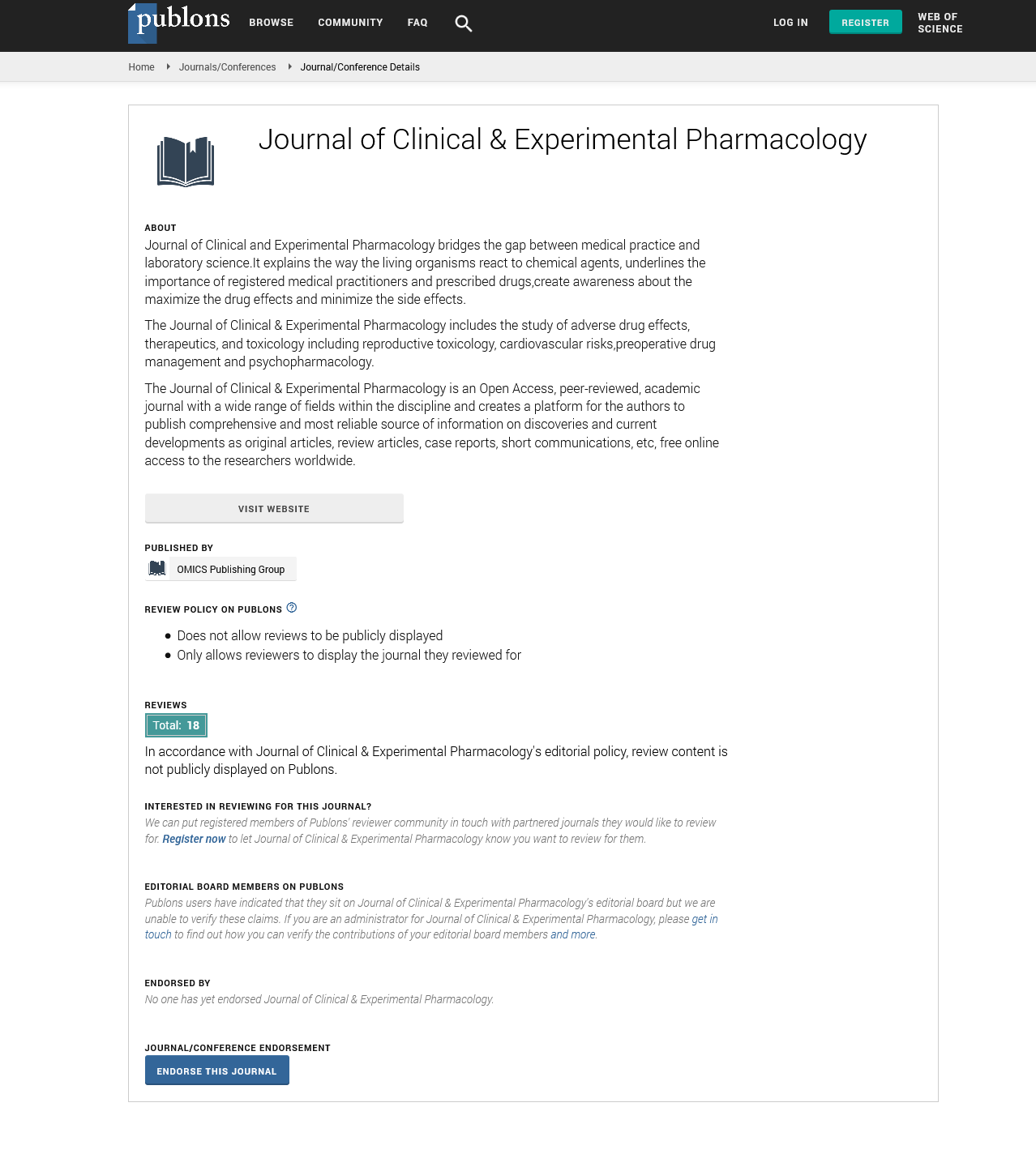Indexed In
- Open J Gate
- Genamics JournalSeek
- China National Knowledge Infrastructure (CNKI)
- Ulrich's Periodicals Directory
- RefSeek
- Hamdard University
- EBSCO A-Z
- OCLC- WorldCat
- Publons
- Google Scholar
Useful Links
Share This Page
Journal Flyer

Open Access Journals
- Agri and Aquaculture
- Biochemistry
- Bioinformatics & Systems Biology
- Business & Management
- Chemistry
- Clinical Sciences
- Engineering
- Food & Nutrition
- General Science
- Genetics & Molecular Biology
- Immunology & Microbiology
- Medical Sciences
- Neuroscience & Psychology
- Nursing & Health Care
- Pharmaceutical Sciences
Opinion Article - (2025) Volume 15, Issue 1
Optimizing Seleniumâs Nutritional Value: Agronomic and Pharmacological Determinants
Ivan Petrov*Received: 29-Jan-2025, Manuscript No. CPECR-25-28888; Editor assigned: 31-Jan-2025, Pre QC No. CPECR-25-28888 (PQ); Reviewed: 14-Feb-2025, QC No. CPECR-25-28888; Revised: 21-Feb-2025, Manuscript No. CPECR-25-28888 (R); Published: 28-Feb-2025, DOI: 10.35248/2161-1459.25.15.468
Description
Selenium is a trace element of significant pharmacological interest due to its critical involvement in multiple physiological and metabolic pathways. It is incorporated into a unique class of proteins known as selenoproteins, which play indispensable roles in antioxidant defense, redox homeostasis, thyroid hormone metabolism, and immune modulation. These biological roles underscore selenium’s importance in disease prevention and therapy, particularly in conditions characterized by oxidative stress and immune dysfunction. While selenium deficiency is a recognized global health issue, particularly in low-selenium soil regions, an intriguing paradox exists in areas naturally rich in selenium where high soil selenium content does not necessarily translate to improved nutritional status or health outcomes due to variability in its bioavailability in food crops.
Plants absorb selenium from the soil in its inorganic forms, predominantly as selenate (SeO42−) and selenite (SeO32−). The uptake efficiency of these forms varies depending on environmental conditions, soil pH, and plant species. Selenate is more mobile in soil and more readily absorbed by plant roots, especially under alkaline conditions, whereas selenite is less soluble and tends to bind strongly to soil particles, reducing its availability for plant uptake, particularly in acidic soils. Once inside the plant, selenium is metabolized into organic forms such as selenomethionine and selenocysteine, which are incorporated into proteins and subsequently consumed by humans through the diet.
The chemical form of selenium present in crops is of pharmacological significance. Inorganic selenium, particularly selenate, has high bioavailability in the human gastrointestinal tract and can be rapidly absorbed. However, it is also associated with a higher risk of toxicity at elevated doses. In contrast, organic selenium forms, such as selenomethionine, are generally considered safer and are incorporated into body proteins in place of methionine. Nevertheless, their metabolic fate, absorption efficiency, and interaction with other dietary components can vary significantly, influencing their clinical efficacy and safety profiles. Therefore, understanding the proportion and transformation of selenium species within food crops is critical in assessing their nutritional and therapeutic value.
In selenium-rich agricultural regions, selenium levels in crops can vary widely even within short geographic distances, due to local variations in soil selenium speciation, pH, organic matter content, and interactions with other trace elements. These environmental factors contribute to the complexity of predicting dietary selenium intake and assessing population-level health risks or benefits. For example, individuals consuming crops grown in high-selenium soils may still be at risk of deficiency if the selenium is present in poorly bioavailable forms or is competitively inhibited by other elements.
One of the key determinants of selenium uptake and accumulation in plants is the presence of other trace elements such as zinc, copper, and iron. These micronutrients can interact antagonistically with selenium at the root uptake level. Zinc, for example, competes with selenate for transport channels in plant roots, potentially reducing selenium accumulation in aboveground plant tissues. Similarly, copper can interfere with selenium translocation within plants, and iron may also influence selenium uptake mechanisms. These interactions are not merely agronomic concerns but have direct implications for human health, as they determine the final selenium content and speciation in edible plant parts, and thus its pharmacological activity in the human body.
From a clinical standpoint, selenium's pharmacokinetics is influenced by both its form and its interaction with other dietary constituents. Once ingested, selenium is absorbed in the small intestine, distributed via plasma proteins such as selenoprotein P, and incorporated into functional selenoproteins throughout the body. Its antioxidant properties are primarily exerted through glutathione peroxidases, which reduce hydrogen peroxide and lipid hydroperoxides, thereby protecting cells from oxidative damage. This mechanism is especially important in cardiovascular health, cancer prevention, and the modulation of immune responses in viral infections and autoimmune diseases.
In conclusion, the pharmacological impact of selenium in human health is significantly influenced by its bioavailability in food crops, particularly in selenium-rich areas. The form of selenium, soil chemistry, trace element interactions, and environmental conditions collectively determine the amount and type of selenium that reaches human consumers. As selenium supplementation and functional food development become increasingly common, it is essential to integrate agronomic, nutritional, and pharmacological insights to ensure safe and effective use. A comprehensive understanding of selenium dynamics from soil to crop to human metabolism is crucial for optimizing its health benefits while minimizing potential risks.
Citation: Petrov I (2025). Optimizing Selenium’s Nutritional Value: Agronomic and Pharmacological Determinants. J Clin Exp Pharmacol. 15:468.
Copyright: © 2025 Petrov I. This is an open-access article distributed under the terms of the Creative Commons Attribution License, which permits unrestricted use, distribution and reproduction in any medium, provided the original author and source are credited.

